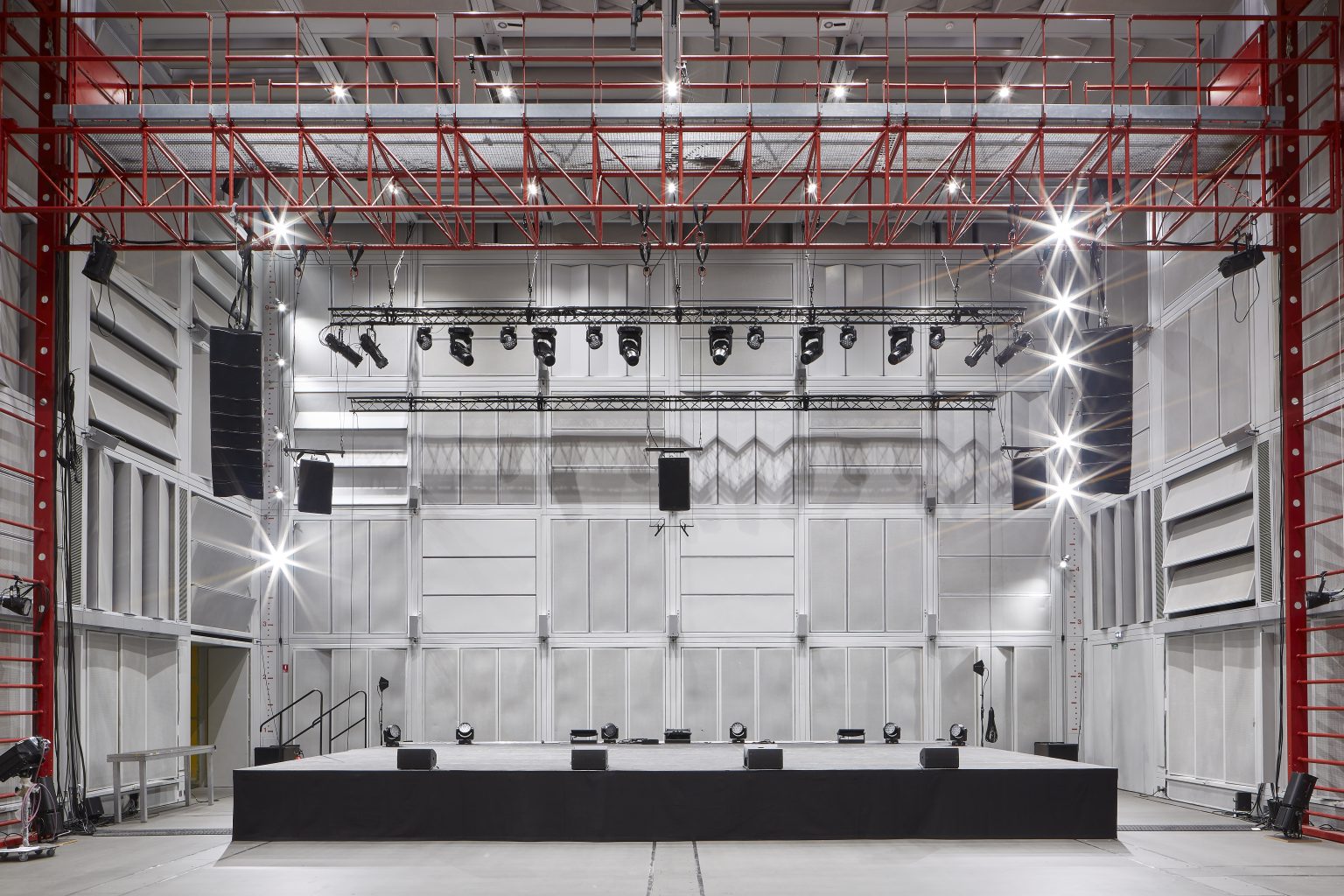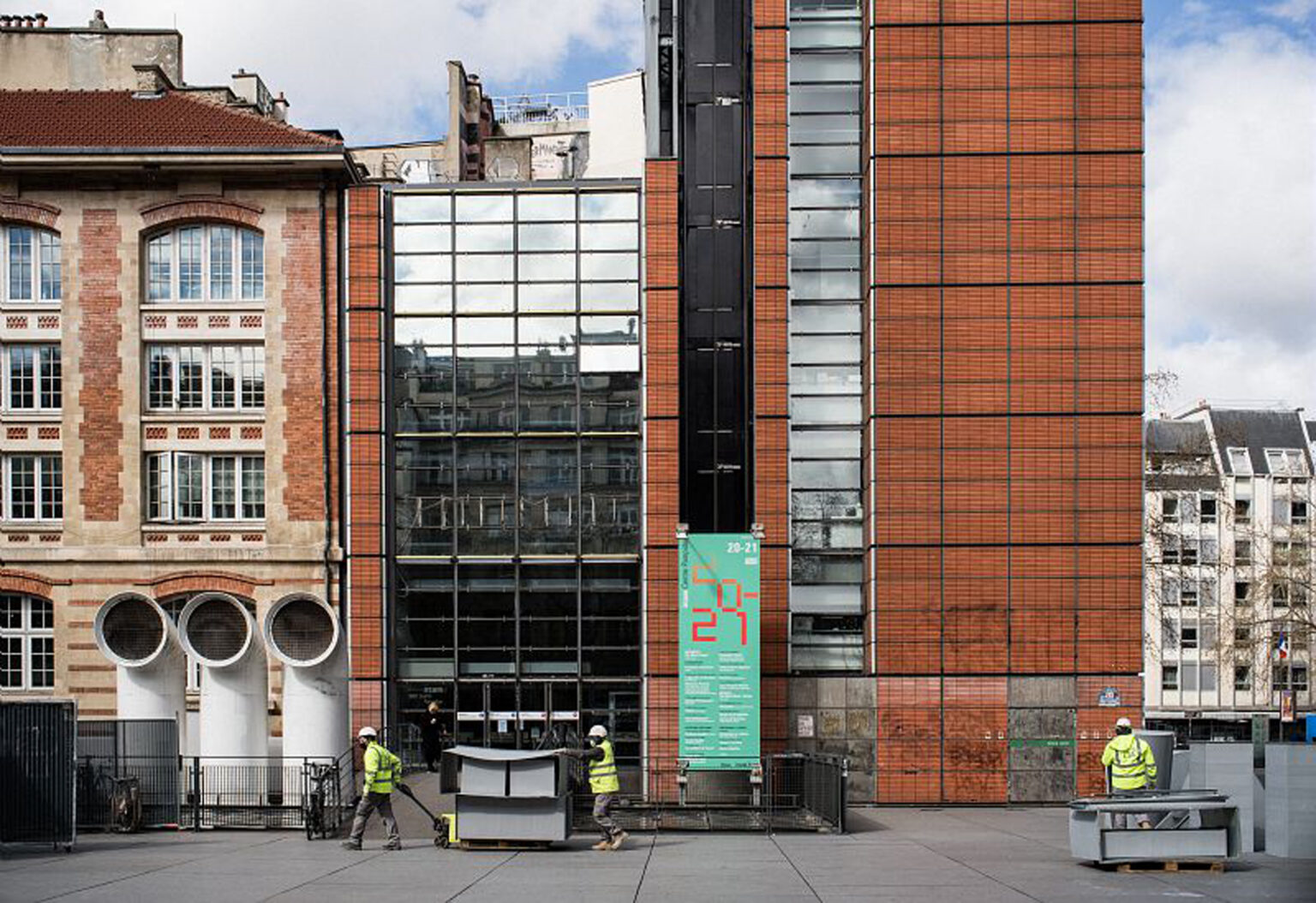
IRCAM
Paris - 4th arrondissement
Rehabilitation of the Projection Space
The Institute for Research and Coordination in Acoustics and Music (IRCAM), founded by Pierre Boulez in 1970 and associated with the Centre Pompidou under the supervision of the Ministry of Culture, is one of the largest public research centers in the world. It is also a place for musical creation, training, and technological innovation. Designed by Renzo Piano and Richard Rogers, the IRCAM building was constructed starting in 1978.
IRCAM features an exceptional hall with variable acoustics, known as ESPRO, which includes movable walls and ceilings that allow for the modification of the volume of space and, consequently, its acoustics. The materials of these elements consist of three-sided prismatic modules (absorptive, reflective, and diffusive) called periakts, which also serve to alter the acoustics of the hall. This projection space serves as a concert hall, recording studio, and research laboratory simultaneously.
The project focuses on ESPRO, housed in Building A, an entirely underground structure with an approximate area of 3500 m2, located beneath the current Niki de Saint-Phalle and Jean Tinguely fountain at Igor Stravinsky Square.
The objectives of the operation were:
- Asbestos removal from ESPRO, requiring the dismantling of all periakts
- Bringing it into compliance and renovating the stage equipment
- Integrating a digital control system for its equipment
The work was carried out with the aim of preserving the original acoustic characteristics and architectural choices, as well as the intention to maintain IRCAM’s activities while minimizing disturbances and pollution.



